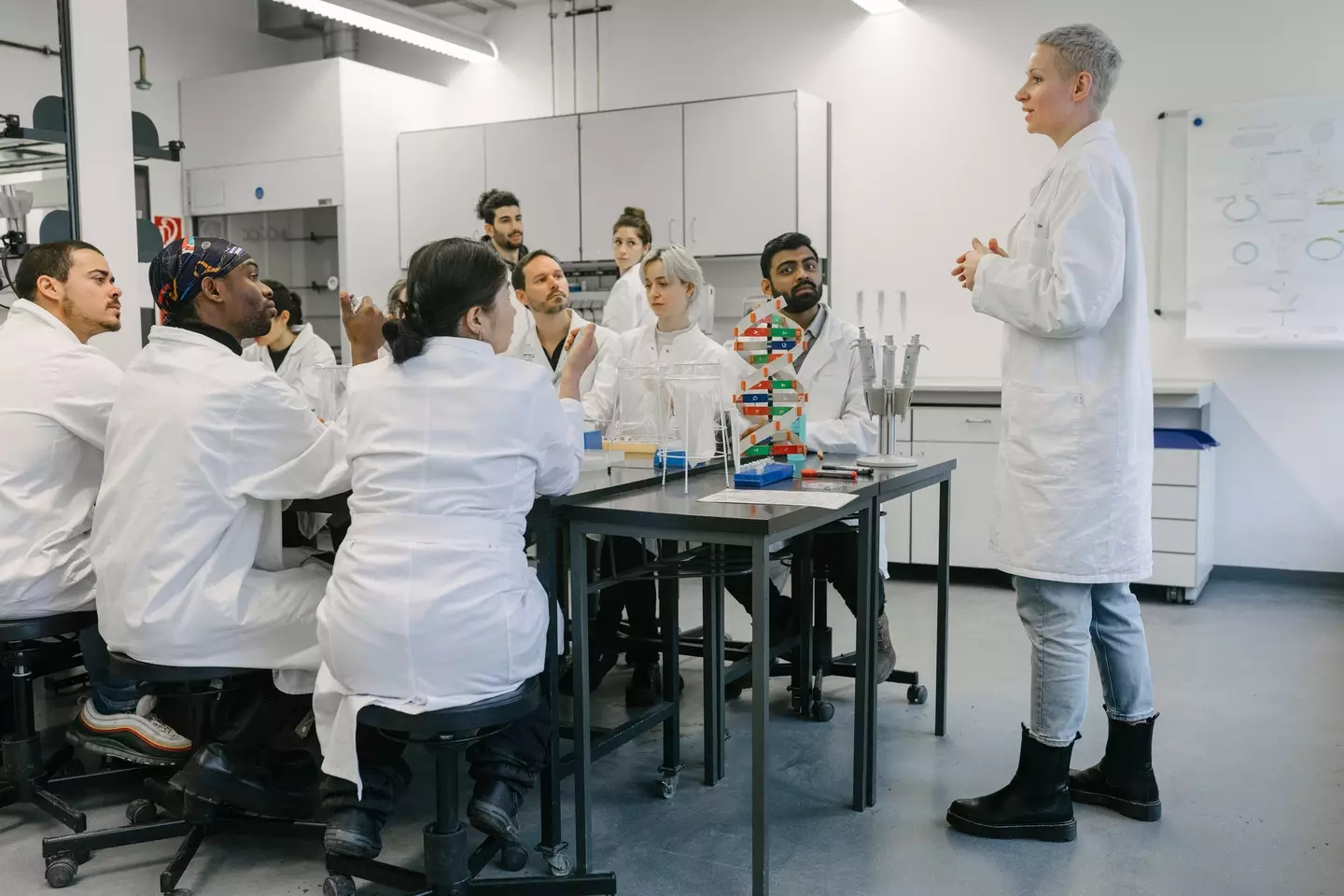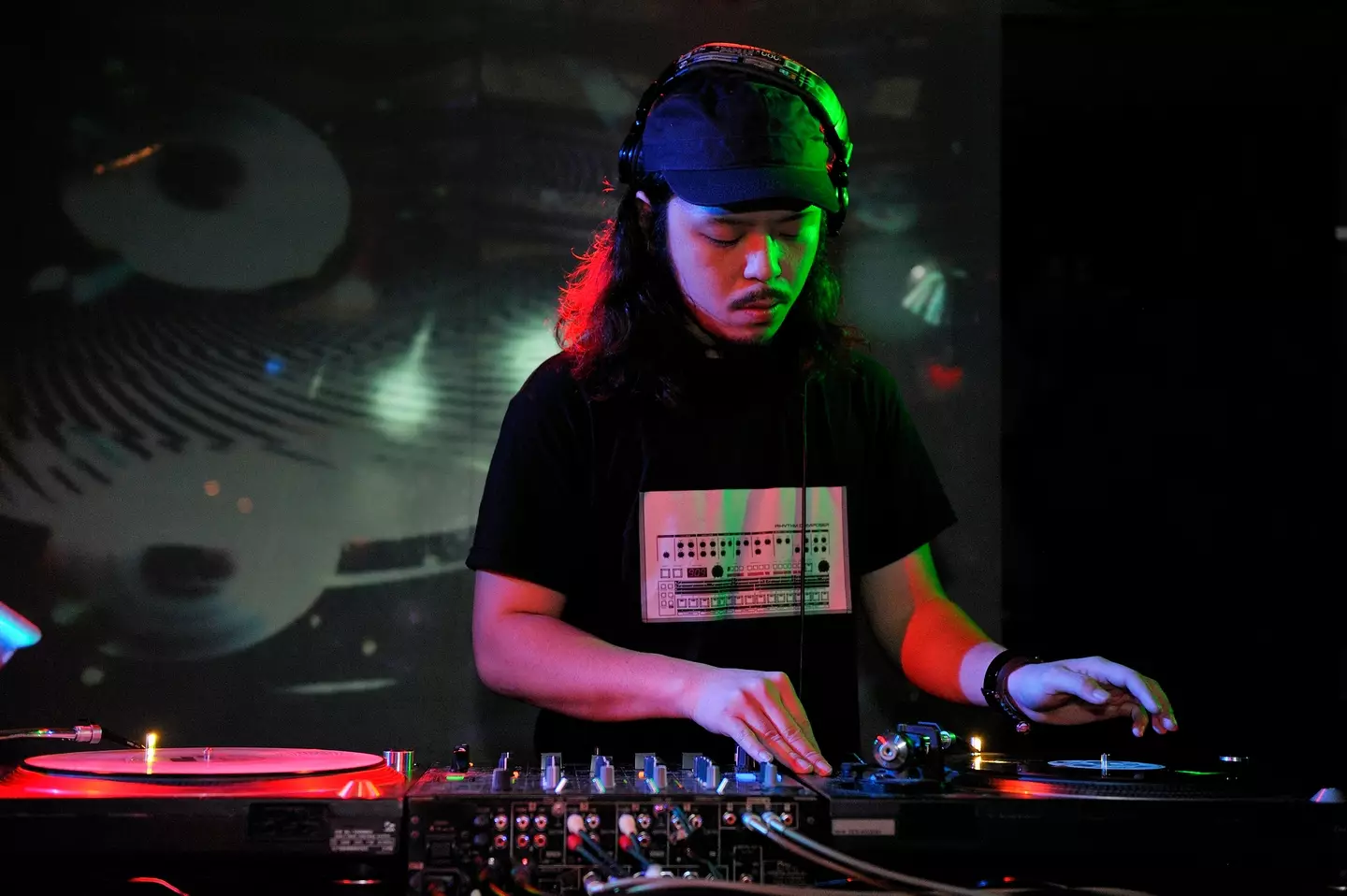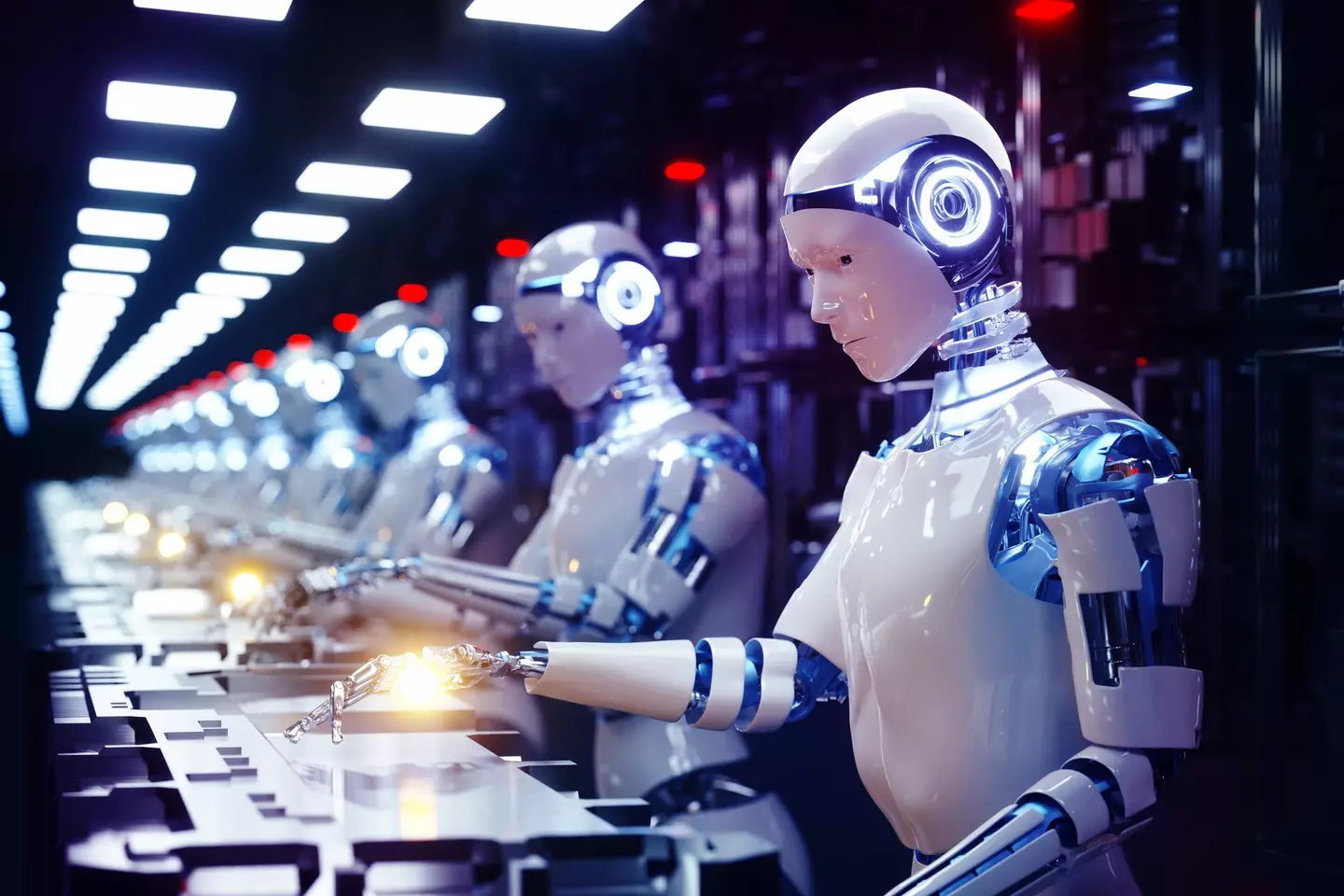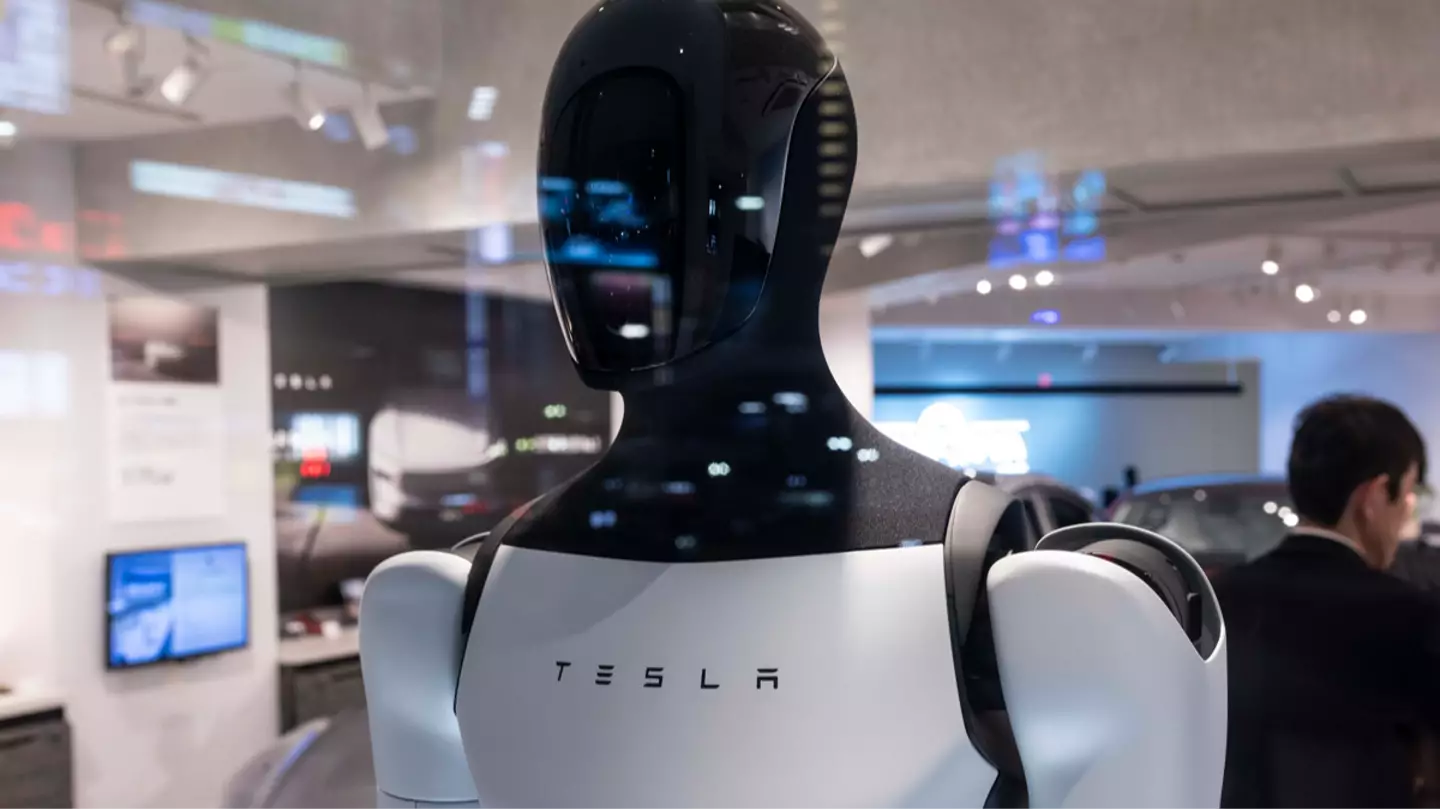There’s a lot of buzz around the idea that artificial intelligence (AI) could soon be replacing humans in various job roles. Researchers have identified the professions most at risk as AI continues to evolve.
AI’s growth in intelligence means it could potentially challenge the necessity of certain job positions.
In order to explore this notion concretely, experts at Microsoft conducted a study involving the analysis of 200,000 anonymized interactions between users and Microsoft Copilot over a span of nine months in 2024, according to Newsweek.
These interactions were then mapped against Intermediate Work Activities (IWAs) from the US Department of Labor’s O*NET database.
The team developed an ‘AI applicability score’ by correlating mapped tasks with various factors like task completion rates, user reliance on AI, and user feedback coverage.

The findings revealed that a significant number of 40 careers could be at risk of being affected in the near future.
Kiran Tomlinson, a senior researcher at Microsoft and the paper’s lead author, noted, “Our study explores how AI may shape occupations by examining real-world usage.”
“It introduces an AI applicability score that measures the overlap between AI capabilities and job tasks, highlighting where AI might change how work is done—not necessarily.”
Among the most vulnerable positions are interpreters, translators, and historians. Below is a list of other jobs that might face similar challenges:
Postsecondary library science teachers are at the bottom with a 34 percent AI applicability score. They teach at colleges and universities, focusing on subjects like collection development and archival methods while also engaging in research and publication.
Several jobs scored a 35 percent on Microsoft’s list.
These include switchboard operators, public safety telecommunicators, market research analysts, management analysts, as well as models, geographers, and web developers.
The list also features postsecondary economics teachers, activists, and personal finance advisors.

Ranked 29th in likelihood of replacement by AI are data scientists, given a 36 percent applicability score by Microsoft, along with counter, rental, and new account clerks.
Others in this category are statistical assistants, advertising sales agents, demonstrators, product promoters, and PR specialists.
Above them, at 37 percent, are postsecondary business teachers, editors, and hostesses.

Proofreaders and copy markers score 38 percent on this innovative test, positioning them within the top 20 occupations affected.
Technical writers are also at 38 percent, while mathematicians, journalists, and political scientists score slightly higher at 39 percent.
Concierges and telemarketers, scoring 40 percent, could also find their roles threatened by AI, according to the test results.
Meanwhile, professions like farm and home management educators, brokerage clerks, broadcast announcers, radio DJs, and ticket agents and travel clerks show a relatively high AI applicability at 41 percent.
Here are the top eight occupations predicted to be most impacted by generative AI in the future:

Discussing the core findings, Tomlinson said, “Our research shows that AI supports many tasks, particularly those involving research, writing, and communication, but does not indicate it can fully perform any single occupation.”
“As AI adoption accelerates, it’s important that we continue to study and better understand its societal and economic impact.”

